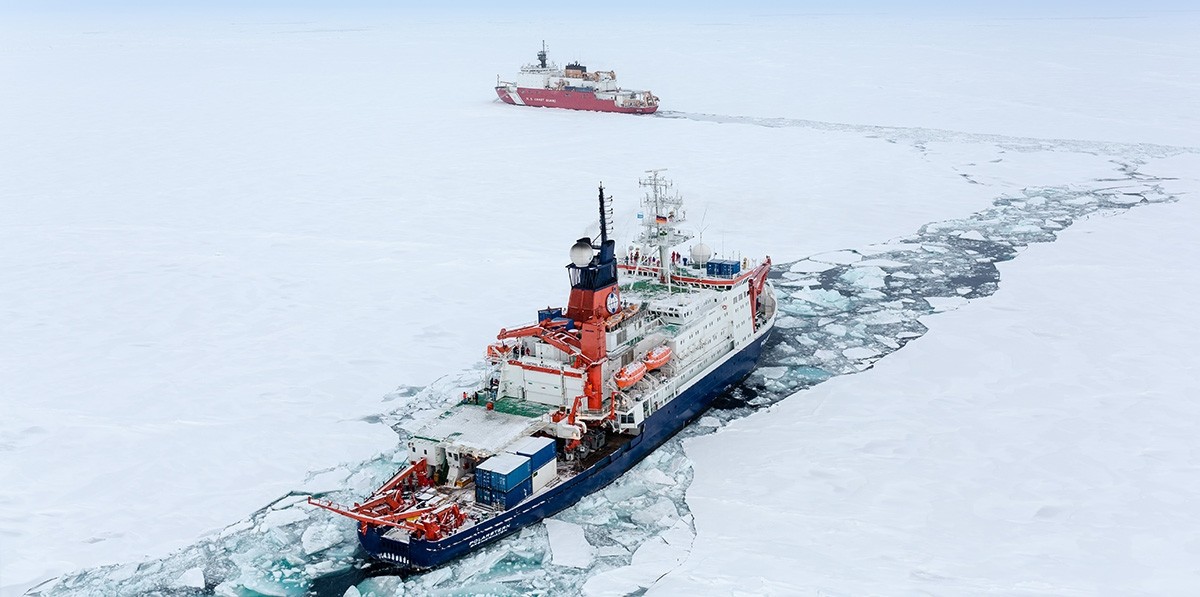Inactive user
The page you are trying to access has been deactivated because Loes Gerringa is not working for NIOZ anymore.
Go to Staff.
‘Mitigating the damage caused by deep-sea mining’
Loes Gerringa studies different metals in the oceans and iron in particular. ‘Iron is a unique metal. It is a limiting factor in the growth of many algae. So algal growth could be considerably stimulated if the water contained more iron. That has led to some people thinking that the oceans could be “fertilised” with iron to encourage algal growth and thus increase the uptake of CO2.’
Geoengineering
‘I do not believe that this type of “geoengineering”, in other words, technological solutions to encourage the uptake of CO2 from the atmosphere by iron, will ever be realistic. These will simply cost too much energy, and iron will quickly precipitate anyway. I have a more fundamental interest in metals. I mainly want to understand how iron ends up in the seawater, and whether and how it remains dissolved. When iron enters seawater, it usually precipitates almost immediately. When measuring the minuscule quantities of iron in seawater, we need to be careful that we do not accidentally measure traces of our ship.’
Different methods
'One of my contributions to the research is comparing different analysis methods. Two different methods for analysing iron bound to organic molecules in seawater can easily yield an outcome that differs by a factor of two. I try to compare these methods to discover where the truth actually lies. I also examine the contribution of iron that is attached to humic acids, for example from the melting permafrost, flowing into the Arctic Ocean. Finally, I try to map other metals in the oceans too. Besides iron, there are also extremely small quantities of cadmium, cobalt, nickel or zinc in the oceans. For some of these elements, we do not even know exactly what their role in the ecosystem is.’
Read more +
The German ice breaker Polarstern and the US coastguard ice breaker Healy at the North Pole on September 7, 2015 during PE95. Both vessels conducted a GEOTRACES programme and during the meeting an inter-calibration station right at the North Pole was conducted. Foto: Stefan Hendricks, Alfred Wegener Institute.
Research interest and drive
I am a scientist performing fundamental research, interest driven. However, I need to see a cause for my research. This cause is most often to understand part of the ocean ecosystem. As an illustration: Iron is an interesting element since it has a complex chemistry in seawater, depending on pH, oxygen and organic content of seawater. However, for me inspiring is that this element is essential for growth of phytoplankton and limits this growth in large parts of the oceans near the surface.
I study metals in seawater, with the main focus on iron and specifically the chemical forms of iron in seawater. These chemical forms define the residence time of iron in seawater and its bio-availability.
Cruises from 2011 onwards
- GEOTRACES N Atlantic leg3, Punta Arenas-Las Palmas; RRS James Cook, 2/3-6/4 2011
- GEOTRACES Zwarte Zee, 64PE373; 13/07/2013 Istanbul-25/07/2013 Istanbul
- GEOTRACES Middellandse Zee, 64PE374; 25/07/2013 Istanbul-11-08-2013 Lisbon
- Phantastic Ross Sea, N Palmer; 18-12-2013 Punta Arenas-23-01-2014 Hobart
- GEOTRACES Polarstern 94, Arctic. 17-8-2015 Tromsö- 15-10-2015 Bremerhaven
- STRATIPHYT-17, Pelagia; 19-7-2017 Texel-18-8-2017 Tenerife.
The second GEOTRACES Intermediate Data Product (IDP2017) was successfully released on 16 August 2017 at the Goldschmidt 2017 Conference in Paris. Download their brochure here.
Ultraclean water sampler
View the underwater operation of the NIOZ PRISTINE Ultra-clean water sampler for the determination of low concentrations of trace metals in the open ocean waters.
To prevent contamination during sampling, 24 “PRISTINE” bottles each with a volume of 24.4 L, made of a high-purity polymer Polyvinylidene Fluoride (PVDF) are mounted on an all-titanium frame. To open and close the bottles use a butterfly valve system allowing a large opening at the top and bottom. Before deployment bottles remain always closed when onboard and only open after deployment at 25 m depth, preventing contamination from the ship. This sampler is an example of the co-operation at NIOZ between scientists and technicians as illustrated in the author list of the paper describing the functioning of the ultra-clean sampler:
Rijkenberg, M.J.A., H.J.W. de Baar, K. Bakker, L.J.A. Gerringa, E. Keijzer, M. Laan, P. Laan, R. Middag, S. Ober, J. van Ooijen, S. Ossebaar, E.M .van Weerlee, M.G. Smit, 2015: “PRISTINE”, a new high volume sampler for ultraclean sampling of trace metals and isotopes Mar Chem., 177: 501-509.